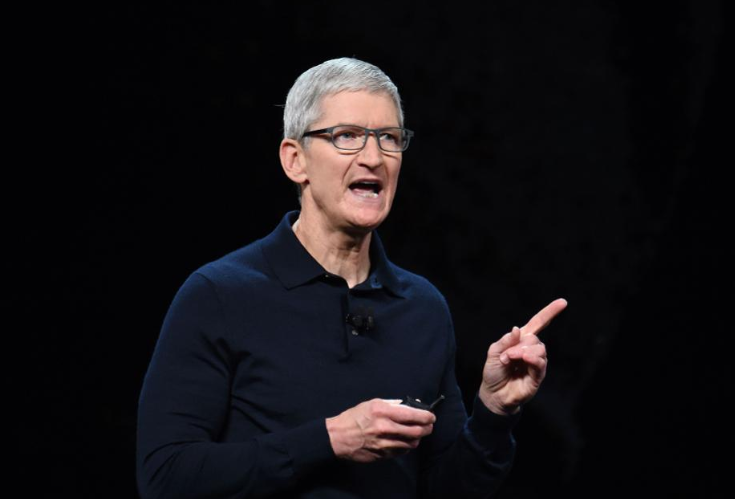 2130
2130
 2018-07-27
2018-07-27
Apple has worked hard to create an aura of invulnerability around its products, especially the iPhone. It is sold as the best smartphone that you can buy, with top-class engineering, that will always be there for you. The truth is the iPhone’s perceived advantage over other handsets in terms of reliability and repair no longer exists.

Apple CEO Tim Cook speaks at Apple's Worldwide Developer Conference (WWDC) at the San Jose Convention Center (Photo: Josh Edelson/AFP/Getty Images)
Recently published data by Blancco, a company that supplies repair and diagnostic software for carriers and handset manufacturers, allows for a direct comparison between the repair rates of Android-powered handsets and iOS powered handsets (PDF Link).
Across the three main regions of Asia, North America, and Europe, Blancco saw a similar failure rate of Android and iOS handsets, 14 percent and 12.5 percent respectively. While there are variances on a regional basis, and some handsets are running notoriously high failure rates (with the iPhone 6 clocks in at a 26 percent failure rate), the trend between the handsets is of a broadly similar level of quality.
Because failures tend to take some time to show up, the iPhone 8, 8 Plus and iPhone X handsets are not yet included in this chart, and the iPhone 7 family is arguably just entering the awkward 18-24-month-old period. Currently, the iPhone 7 handsets are sitting around the average failure rate, but the iPhone 6 and 6S are notably higher at 21 percent and 18 percent.
Source: forbes